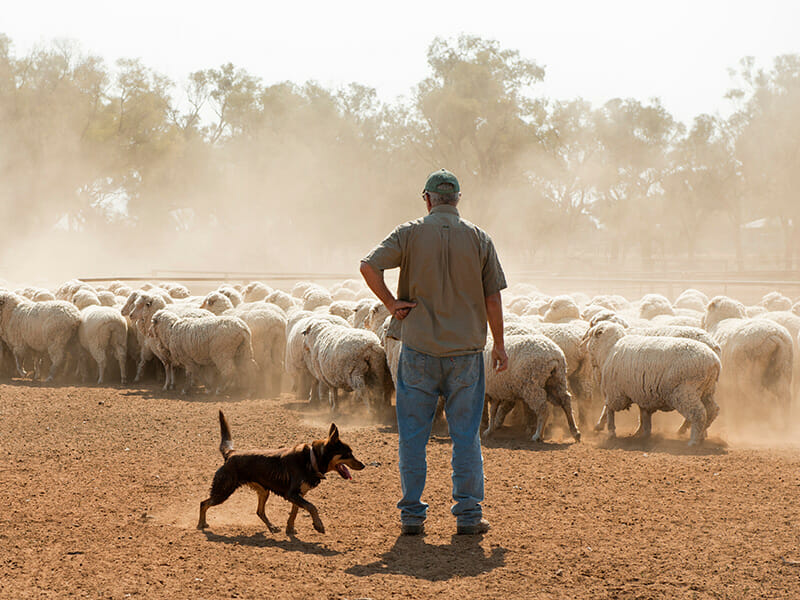Guiding the Generations: Essential Tips for Leading a Family Business
Owning and managing a family business can be complicated because you have the added difficulty of managing family members with the day-to-day operations. However, it’s equally a rewarding opportunity as the family work together to build the business you want rather than another’s ambitions.
There can be extra pitfalls along the way if you’re the one leading the operation. SproutAg has worked with many farming families, and we’ve found a successful leadership style that comes out of these five areas.
- Have a plan
As a family, agree on a plan that outlines the overall strategy of the farm. Suppose you want to grow the farm over time, outline how it will be achieved. Typically, this plan will also include ownership of the farm and how you will transition between generations.
The plan must be realistic with these goals, which is why we recommend our clients draw up three-year plans with rolling cash flow forecasts. A three-year plan is also a helpful steppingstone to your longer-term goals and communicating them to the family, mainly if there are cashflow constraints on your growth plans.
It is important the plan is communicated to and understood to the whole family.
- Create a structure
It’s important to create a sound business structure for the family farm. This structure should include the formalities like business structure (company, family trust etc.) and employment contracts that clearly outline roles and responsibilities.
There should also be a clear understanding of what happens if family members fail in their assigned responsibilities. A communication plan helps pull these factors together and articulates the overall farm strategy so everyone is informed.
- Communication
Communication is a critical component of success and is an area we often talk about with our clients. Intergenerational communication can be incredibly complicated because each generation has a different communication style. As a leader, you should be open and encourage family members to speak up when they have an issue. You should also be clear in your communication style, so people do not misinterpret what you say.
- Manage Conflict
Following communication, conflict management is often an issue we see time and again on family farms. It is crucial everyone understands how they manage conflict and that you address problems early on. As a leader, it is your job to bring people to the table and get them talking through their issues.
- Be decisive
Being decisive is an important part of leading a family business. This includes making a call on who should or shouldn’t be involved in operational meetings. For example, when older family members ask a young non-working member at university to be part of weekly operation meetings. The result is tension because they’re given equal say to those who work on the farm each day.
You can work around these issues by creating sub-groups within the family who are responsible for making specific decisions about the business.
This is a summary to give you general information on leading a family farming business. We can help you create a structures and plan and to help you implement leadership into the farm business. Get in touch with your local SproutAg representative.








